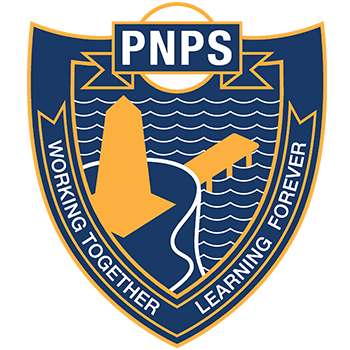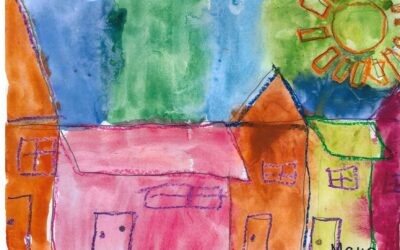By KAREN THORBURN – Teacher of French

Why learn French?
I don’t think a week goes by without me being asked this question. To my knowledge, French was selected by the school community as the new language for PNPS approximately 8 years ago and was introduced by Madame Turner, who was followed by Madame Miller and Madame Corbett. I took over in 2017. I do not know why the school chose French from the many languages on offer.
It may have been because French is one of the most widely used languages in the world. There are forty-nine countries throughout the world that either use French as their official, second or priority language. This represents one quarter of the world’s nations. French is an official language of the United Nations and of more than fifty international organisations such as the Red Cross, UNESCO, Médecins sans frontières and the International Telecommunications Union, providing a range of employment opportunities for speakers of French. French, with English, is one of the two official languages of the Olympic Games. All announcements and documentation are presented in both languages.

It may have been because knowledge of the French language can open doors to a wide range of employment possibilities in the commercial, educational, scientific, chemical, automotive and hospitality fields. With the Future Subs project being based in Adelaide, many more strong links are being forged between our two countries with hundreds or future employment opportunities.
It may have been because English and French have the same alphabet, share the majority of sounds and have a similar sentence structure. More than 20 000 English words have their origins in French. In fact English speakers already know about 55 per cent of French words. Likewise, many English words have found their way into the French language.
Regardless of why, all students from Year 1 – 7 currently participate in one 50 minute lesson each week. They listen to the language being used in songs, stories, games etc and try to imitate pronunciation, rhythm, intonation and stress. They often imitate the French spoken without necessarily understanding its meaning. Most rely heavily on teacher support and written models to speak and write in French. Earlier in the term, students brought home their French books / folders to share their written work. Thanks to those who took the time to provide feedback on how some of the students are practising at home, singing songs in French and even teaching other members of the family!

Currently all classes are learning to explain their likes and dislikes. The older students are focused on different sports following on from their unit of work on the Tour de France and can express degrees of liking (J’aime un peu … / J’aime … / J’aime beaucoup …). The younger students are describing which foods they like or dislike based on a story called “J’adore la pizza!”. Watch out for more detailed information to be shared on Class Stories in the near future.




